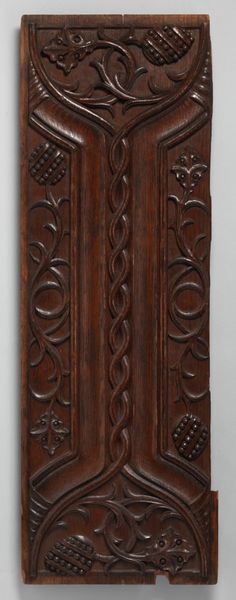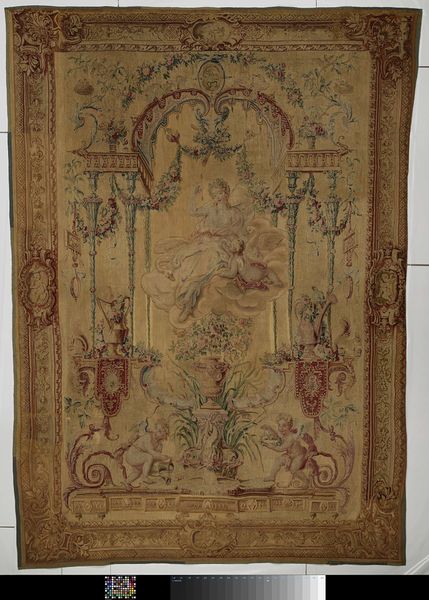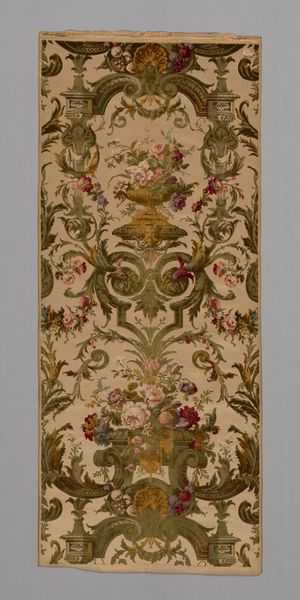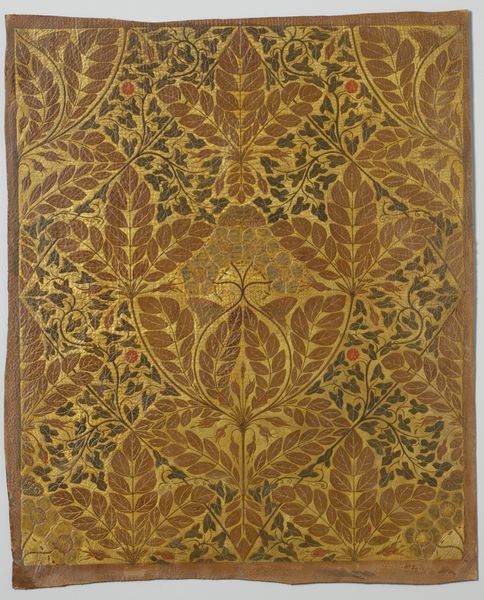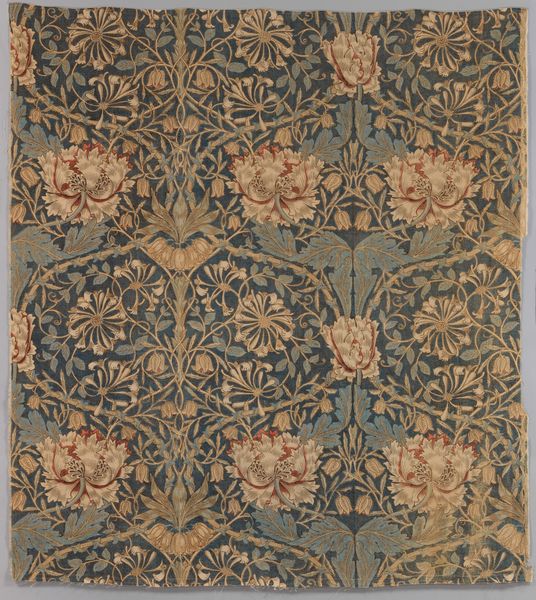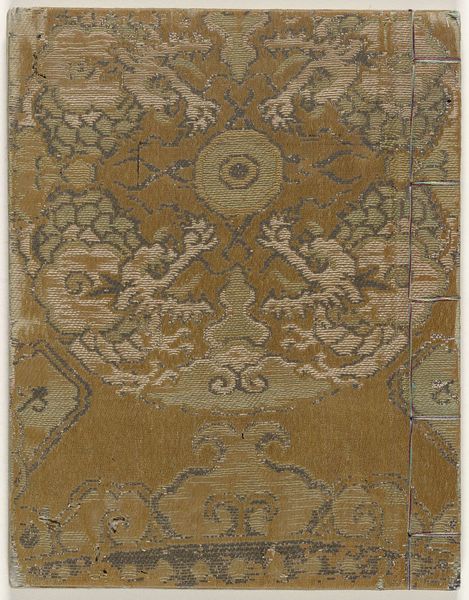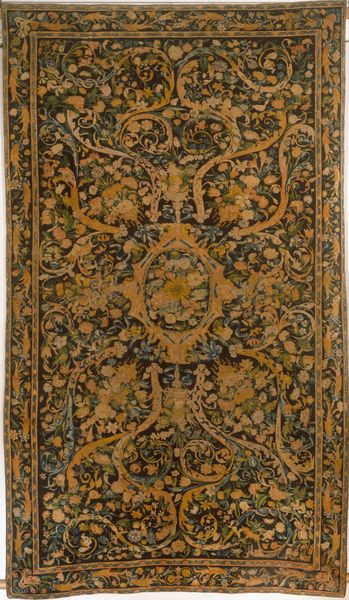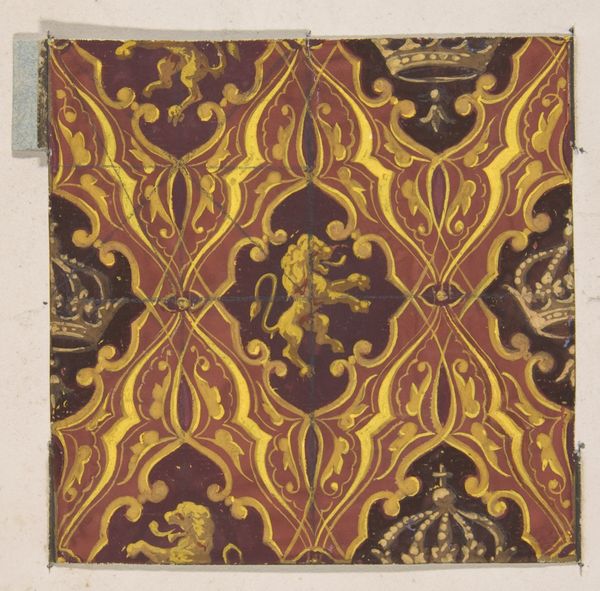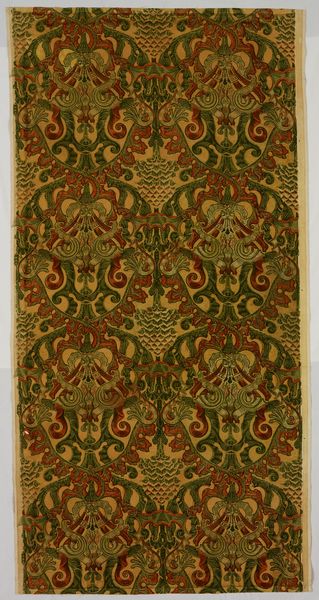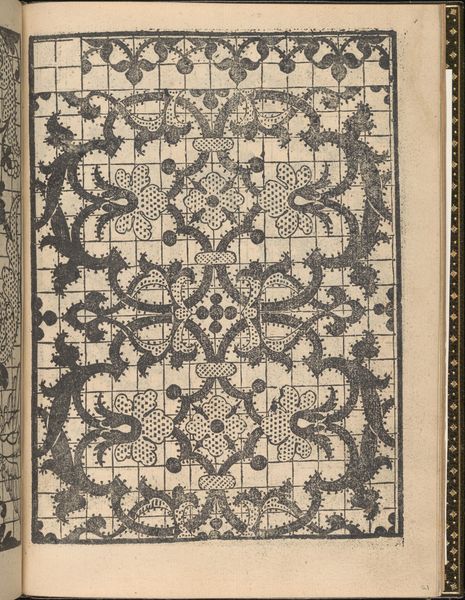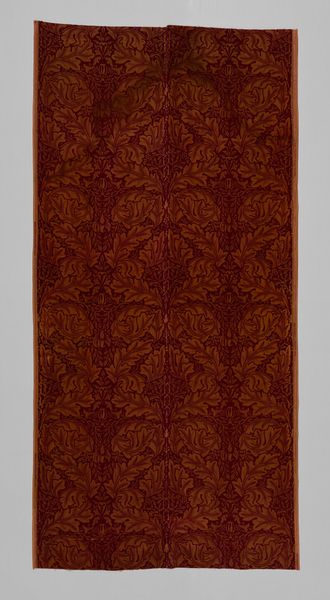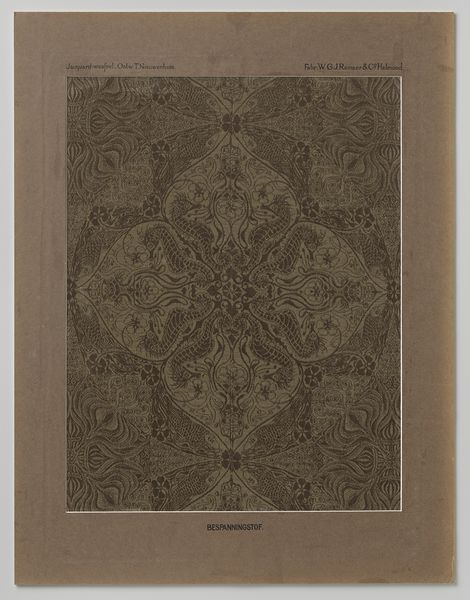
wood
#
neoclacissism
#
furniture
#
geometric
#
wood
#
decorative-art
Dimensions: 68.9 × 52.1 × 34.3 cm (27 1/8 × 20 1/2 × 13 1/2 in.)
Copyright: Public Domain
Curator: The means of production of "Stand" tell a fascinating story. Editor: Indeed, this wooden stand, crafted by an anonymous artist around 1790-1810, possesses such understated elegance. It feels almost domestic. What aspects stand out to you? Curator: Notice the wood, and how it's worked. Its origin and how it was procured reveal systems of trade and colonial power. How might that alter your interpretation of “domesticity"? Editor: That's such a good point. I hadn’t thought about it that way. What exactly would a closer look at the material suggest in this context? Curator: Perhaps understanding who had access to such refined carpentry, or who was laboring to create these refined items, can uncover hidden inequalities and social narratives linked to class and privilege in this historical period. The Neoclassical style is not only an aesthetic choice. Editor: I see. It is interesting how this seemingly simple object becomes embedded in a larger historical context when we examine its materiality. Are there specific aspects in the craftsmanship that might imply something else about labor and material? Curator: The choice of wood itself, and the way it is finished, suggest specialized knowledge and skill, doesn't it? The access and application of this knowledge imply production means with exclusive economic structures during the 18th century. Editor: That connection wasn’t immediately obvious to me. Now, viewing the "Stand" through the lens of materials and labour brings this anonymous creation to life and offers an unexpected viewpoint to observe Neoclassicism. Curator: Precisely. Recognizing that connection is the beginning of critical analysis.
Comments
No comments
Be the first to comment and join the conversation on the ultimate creative platform.
